Home>Gardening & Outdoor>Plant Care & Gardening Tips>When To Plant Wildflower Seeds In Georgia
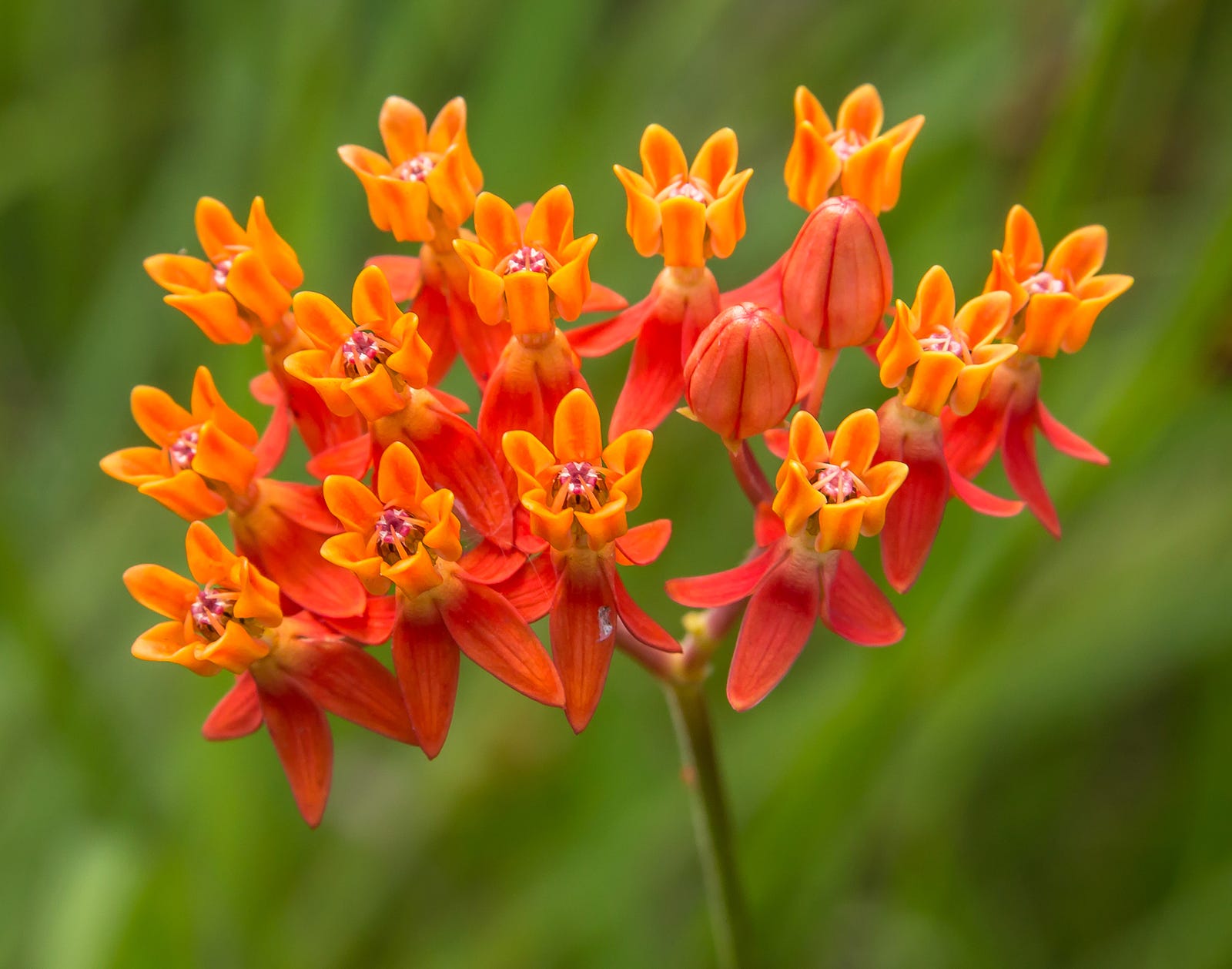

Plant Care & Gardening Tips
When To Plant Wildflower Seeds In Georgia
Modified: January 9, 2024
Discover the best times to plant wildflower seeds in Georgia and get expert plant care and gardening tips for a thriving garden. Explore our comprehensive guide now!
(Many of the links in this article redirect to a specific reviewed product. Your purchase of these products through affiliate links helps to generate commission for Storables.com, at no extra cost. Learn more)
**
Introduction
**
Welcome to the enchanting world of wildflowers in Georgia! Whether you're a seasoned gardener or just starting your journey with planting, wildflowers can add a touch of natural beauty to any landscape. Georgia's diverse climate and rich soil provide an ideal environment for a wide variety of wildflowers to thrive. In this article, we'll explore the best practices for planting wildflower seeds in Georgia, ensuring that you can enjoy a vibrant and colorful display of native blooms in your own backyard.
Wildflowers are not only aesthetically pleasing but also play a crucial role in supporting local ecosystems. They attract pollinators such as bees and butterflies, contribute to soil health, and provide sustenance for local wildlife. By understanding the unique characteristics of wildflowers in Georgia and the optimal timing for planting their seeds, you can create a sustainable and visually stunning garden that benefits both the environment and your senses.
So, let's embark on this horticultural adventure together as we delve into the fascinating world of wildflowers in Georgia, discovering the best practices for planting and nurturing these natural wonders. Whether you're aiming to enhance your landscape, support local biodiversity, or simply revel in the joy of gardening, this guide will equip you with the knowledge and confidence to cultivate a thriving wildflower haven right in your own backyard.
Key Takeaways:
- Plant wildflower seeds in Georgia during fall or early winter for vibrant blooms. Understand soil needs, select native species, and provide attentive care for a thriving garden.
- Caring for wildflower seedlings involves consistent watering, weed control, and tailored attention. Embrace the beauty of native flora and support local ecosystems.
Read more: When Should I Plant Wildflower Seeds
Understanding Wildflowers in Georgia
Before delving into the specifics of planting wildflower seeds in Georgia, it’s essential to gain a deeper understanding of the diverse array of wildflowers that thrive in the state’s unique climate and soil conditions. Georgia’s varying topography, ranging from the mountainous regions in the north to the coastal plains in the south, contributes to a rich tapestry of wildflower species.
One of the most iconic wildflowers in Georgia is the Cherokee Rose (Rosa laevigata), which holds historical significance and is recognized as the state flower. This delicate white flower, often tinged with pink, symbolizes resilience and beauty. Additionally, Georgia is home to an assortment of native wildflowers such as the Black-eyed Susan (Rudbeckia hirta), Purple Coneflower (Echinacea purpurea), and Georgia Aster (Symphyotrichum georgianum), each contributing to the state’s natural splendor.
Understanding the native wildflowers in Georgia is not only a matter of appreciating their visual appeal but also recognizing their ecological importance. Many of these wildflowers are vital food sources for native pollinators and wildlife, playing a critical role in maintaining the balance of local ecosystems. By cultivating these native species in your garden, you contribute to the preservation of Georgia’s natural heritage while creating a haven for beneficial insects and birds.
Furthermore, being aware of the specific growing requirements of various wildflower species is crucial for successful cultivation. Some wildflowers thrive in full sun, while others prefer partial shade. Understanding the soil preferences, water needs, and blooming seasons of different wildflowers empowers gardeners to make informed decisions when selecting and caring for these plants.
As we continue our exploration, we’ll delve into the optimal timing for planting wildflower seeds in Georgia, ensuring that you can harness this knowledge to create a flourishing wildflower garden that harmonizes with the state’s unique natural landscape.
Best Time to Plant Wildflower Seeds in Georgia
Timing plays a crucial role in the successful establishment of wildflowers in Georgia. The state’s climate, characterized by hot summers and mild winters, influences the ideal window for planting wildflower seeds. Generally, the best time to plant wildflower seeds in Georgia is during the fall or early winter, typically from mid-October to late November.
Planting wildflower seeds during this period allows them to take advantage of the cooler temperatures and increased moisture levels, which create favorable conditions for germination and early root development. Additionally, sowing seeds in the fall aligns with the natural life cycle of many wildflower species, enabling them to acclimate to the soil and establish strong root systems before the onset of the following summer’s heat.
Another benefit of fall planting is that it provides a head start for the wildflower seeds, allowing them to undergo a period of cold stratification. This natural process, facilitated by the winter chill, helps break seed dormancy and enhances germination rates, ultimately leading to robust and healthy seedlings in the spring.
It’s important to note that while fall is the optimal time for sowing wildflower seeds, certain species may have specific preferences regarding the timing of planting. Some wildflowers may benefit from being sown in early spring, particularly those that require a shorter cold stratification period or are sensitive to frost. Understanding the unique germination requirements of different wildflower species is essential for achieving successful results.
By aligning the planting of wildflower seeds with the natural rhythms of Georgia’s climate, gardeners can maximize the potential for vibrant and resilient wildflower displays. Whether you’re creating a meadow of native blooms or enhancing existing landscapes with bursts of color, thoughtful consideration of the timing for planting wildflower seeds sets the stage for a flourishing and visually captivating garden.
As we delve deeper into the process of preparing the soil and selecting the right wildflower seeds for your Georgia garden, keep in mind the significance of timing as a critical factor in the successful cultivation of these natural wonders.
Preparing the Soil for Planting
Creating an optimal environment for wildflower seeds to germinate and thrive begins with thoughtful soil preparation. In Georgia, the diverse soil compositions, ranging from rich loamy soils to sandy or clay-based soils, require specific attention to ensure that wildflowers receive the necessary support for healthy growth and development.
Before planting wildflower seeds, it’s essential to assess the soil conditions in your garden or chosen planting area. Conducting a soil test can provide valuable insights into the pH levels, nutrient content, and overall composition of the soil. This information guides the application of any necessary soil amendments to create an ideal growing medium for wildflowers.
For many wildflower species, well-draining soil is crucial to prevent waterlogging and root rot. Amending heavy clay soils with organic matter, such as compost or well-rotted manure, improves soil structure and drainage, creating a more hospitable environment for wildflower roots to establish and thrive. Similarly, incorporating organic matter into sandy soils enhances moisture retention and nutrient availability, fostering a balanced and fertile substrate for wildflower growth.
Adjusting the soil pH to fall within the preferred range for wildflowers is another critical step in soil preparation. While many native wildflowers in Georgia thrive in slightly acidic to neutral soils, some species may have specific pH preferences. Adding lime to raise the pH or elemental sulfur to lower it can help create an optimal pH level for the selected wildflower species, promoting healthy root development and nutrient uptake.
Clearing the planting area of weeds and debris is essential to minimize competition for resources and provide a clean slate for sowing wildflower seeds. Gentle tilling or raking the soil surface creates a loose and receptive seedbed, facilitating good seed-to-soil contact, which is vital for successful germination.
By taking the time to prepare the soil thoughtfully, you set the stage for a flourishing wildflower display that harmonizes with Georgia’s unique natural landscape. The careful attention to soil composition, drainage, and pH levels ensures that the wildflower seeds have the best possible start, laying the foundation for a vibrant and sustainable garden that celebrates the beauty of native blooms.
Next, we’ll explore the art of planting wildflower seeds, guiding you through the process of sowing and nurturing these natural wonders as they embark on their journey from seed to bloom.
Plant wildflower seeds in Georgia in the fall or early spring for best results. This allows the seeds to establish before the heat of summer. Keep the soil moist and choose a sunny location for optimal growth.
Planting Wildflower Seeds
As you embark on the exciting journey of planting wildflower seeds in Georgia, the process involves careful consideration of seed selection, sowing techniques, and nurturing practices to ensure the successful establishment of a vibrant and diverse wildflower garden.
When selecting wildflower seeds for your Georgia garden, opt for a mix of native species that are well-adapted to the local climate and soil conditions. Native wildflowers not only thrive in their natural habitat but also contribute to the preservation of Georgia’s ecological diversity. Look for wildflower seed mixes specifically formulated for the southeastern region, which often include a variety of species suited to Georgia’s climate and growing conditions.
Before sowing the seeds, it’s crucial to prepare the chosen planting area by raking the soil surface to create a loose, receptive seedbed. This facilitates good seed-to-soil contact, which is essential for successful germination. Once the soil is prepared, evenly distribute the wildflower seeds over the designated area, aiming for a uniform coverage that allows each seed to find its place in the soil.
After sowing the seeds, lightly press or roll the soil to ensure good seed-to-soil contact while maintaining the appropriate planting depth for the selected wildflower species. Some seeds may require light to germinate, so gently pressing them into the soil rather than burying them too deeply promotes successful germination and seedling emergence.
Watering the newly sown wildflower seeds is a critical step in the planting process. Using a gentle spray or mist setting, moisten the soil thoroughly to provide the seeds with the moisture they need to initiate germination. It’s important to keep the soil consistently moist but not waterlogged during the germination and early growth stages, as excessive moisture can lead to seed rot and hinder seedling development.
As the wildflower seeds germinate and the seedlings emerge, monitor the moisture levels and provide supplemental watering as needed to support their growth. Once the seedlings have established and developed several sets of true leaves, gradually transition to a regular watering schedule that encourages deep root growth and overall plant resilience.
By selecting native wildflower species, carefully sowing the seeds, and providing attentive care during the germination and early growth stages, you set the stage for a captivating wildflower display that celebrates the natural beauty of Georgia’s flora. As we delve into the essential practices for caring for wildflower seedlings, you’ll gain insights into nurturing these delicate yet resilient plants as they flourish in your garden.
Read more: When To Seed Bermuda In Georgia
Caring for Wildflower Seedlings
As the delicate beauty of wildflower seedlings emerges in your Georgia garden, providing attentive care is essential to nurture their growth and ensure the development of a thriving and vibrant wildflower display. Caring for wildflower seedlings involves thoughtful attention to watering, soil maintenance, and weed control, allowing these young plants to establish themselves and flourish in their natural environment.
Consistent and appropriate watering is crucial for supporting the growth of wildflower seedlings. During the early stages of establishment, maintaining evenly moist soil promotes healthy root development and minimizes stress on the young plants. Keep a close eye on the moisture levels, adjusting your watering regimen to accommodate changes in weather and seasonal conditions. Providing water in the morning allows excess moisture to evaporate during the day, reducing the risk of fungal diseases and promoting optimal growing conditions for the seedlings.
While wildflower seedlings benefit from consistent moisture, it’s essential to avoid overwatering, as excessively wet soil can lead to root rot and other issues. Striking a balance by allowing the soil to dry slightly between watering intervals encourages the development of resilient and drought-tolerant root systems, preparing the seedlings for long-term vitality.
Maintaining a weed-free environment around the wildflower seedlings is crucial to minimize competition for resources and create an optimal growing space. Regularly inspect the planting area and remove any emerging weeds by hand, taking care to disturb the soil as little as possible to avoid disrupting the delicate roots of the wildflower seedlings. Mulching the area with a layer of organic material helps suppress weed growth, retain soil moisture, and provide insulation for the developing roots, contributing to the overall health and vigor of the wildflower seedlings.
As the wildflower seedlings continue to grow and develop, it’s beneficial to monitor their progress and observe any signs of stress or nutrient deficiencies. Adjusting your care practices based on the specific needs of the wildflower species you’re cultivating ensures that the seedlings receive tailored attention, optimizing their potential for robust growth and abundant blooms.
By providing attentive care and creating a nurturing environment for wildflower seedlings, you play a vital role in fostering the natural beauty and ecological significance of these native plants in your Georgia garden. As the seedlings mature and prepare to bloom, you’ll witness the fruits of your labor as the garden transforms into a captivating tapestry of color and life.
With a deep understanding of the unique needs of wildflower seedlings and a commitment to their well-being, you contribute to the preservation of Georgia’s natural heritage and the celebration of its diverse flora.
Conclusion
Embarking on the journey of planting and nurturing wildflowers in Georgia is a rewarding and enriching experience that connects you to the state’s natural beauty and ecological diversity. By understanding the optimal timing for planting wildflower seeds, preparing the soil thoughtfully, and providing attentive care to the emerging seedlings, you play a vital role in cultivating a vibrant and sustainable wildflower garden that harmonizes with Georgia’s unique landscape.
As you witness the delicate blooms of native wildflowers gracing your garden, you become a steward of Georgia’s natural heritage, contributing to the preservation of indigenous flora and the support of local ecosystems. The colorful tapestry of wildflowers not only enhances the visual appeal of your surroundings but also attracts essential pollinators, supports beneficial wildlife, and adds a touch of natural wonder to your outdoor spaces.
Through the thoughtful selection of native wildflower species and the creation of a nurturing environment, you create a haven for biodiversity and contribute to the conservation of Georgia’s rich botanical legacy. Your garden becomes a living testament to the beauty and resilience of native wildflowers, inspiring others to embrace the art of sustainable gardening and the preservation of natural ecosystems.
As you continue to tend to your wildflower garden, observing the seasonal cycles of growth, bloom, and renewal, you become part of a timeless rhythm that celebrates the wonders of nature. The vibrant hues of wildflowers, the gentle hum of pollinators, and the ever-changing tapestry of life in your garden reflect the interconnectedness of all living beings and the profound impact of nurturing the land.
With each wildflower that graces your garden, you contribute to a legacy of stewardship and reverence for the natural world, fostering a deeper connection to the land and its inhabitants. Your efforts in planting and caring for wildflowers in Georgia extend beyond the boundaries of your garden, leaving a lasting imprint on the local environment and inspiring others to embrace the beauty and significance of native flora.
As you continue your journey with wildflowers, may the vibrant blooms and delicate petals serve as a reminder of the enduring bond between humanity and nature, and the profound impact of nurturing the earth’s living tapestry. In cultivating a flourishing wildflower garden, you become a guardian of Georgia’s botanical heritage, sowing seeds of beauty, resilience, and sustainability for generations to come.
Frequently Asked Questions about When To Plant Wildflower Seeds In Georgia
Was this page helpful?
At Storables.com, we guarantee accurate and reliable information. Our content, validated by Expert Board Contributors, is crafted following stringent Editorial Policies. We're committed to providing you with well-researched, expert-backed insights for all your informational needs.
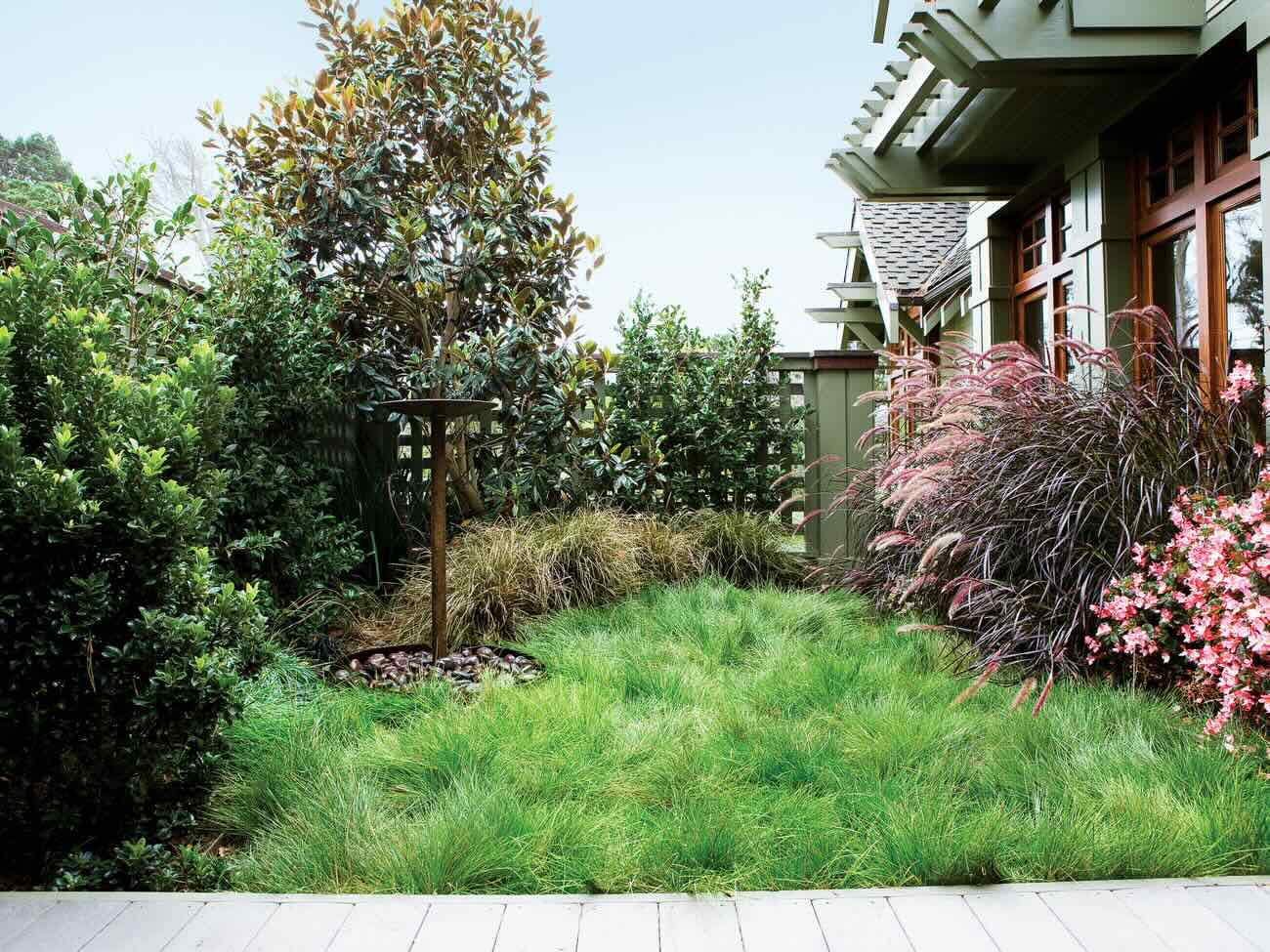

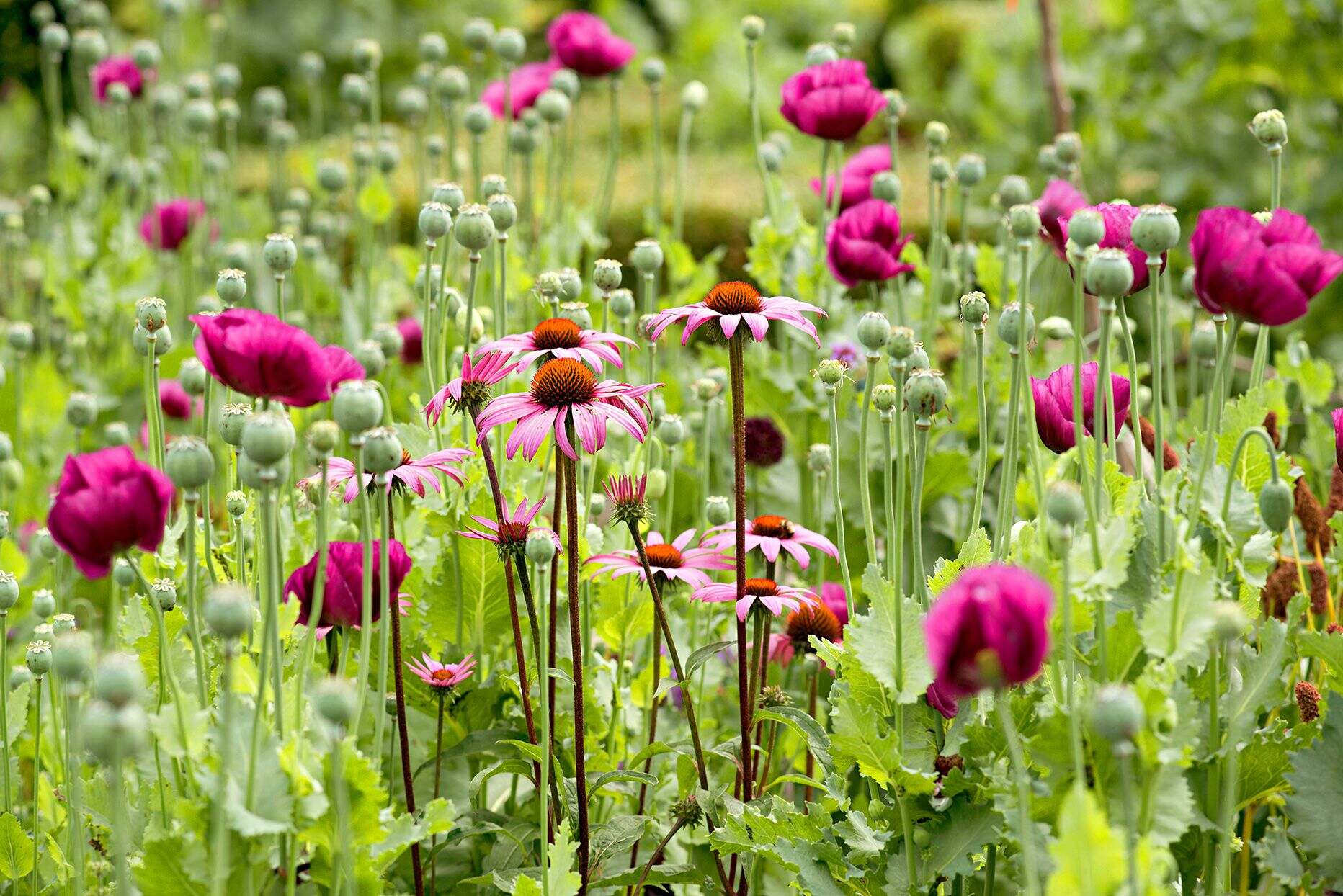
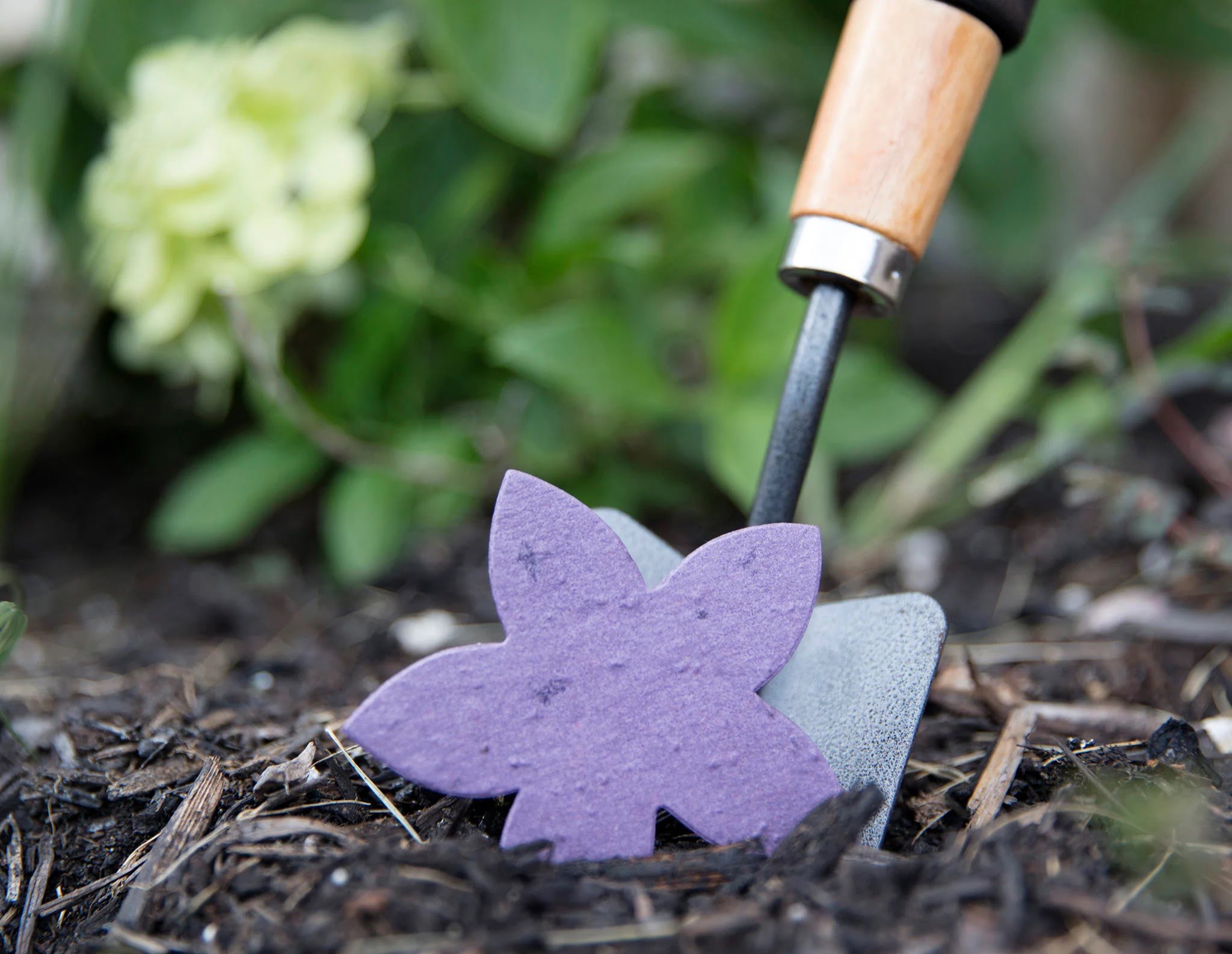
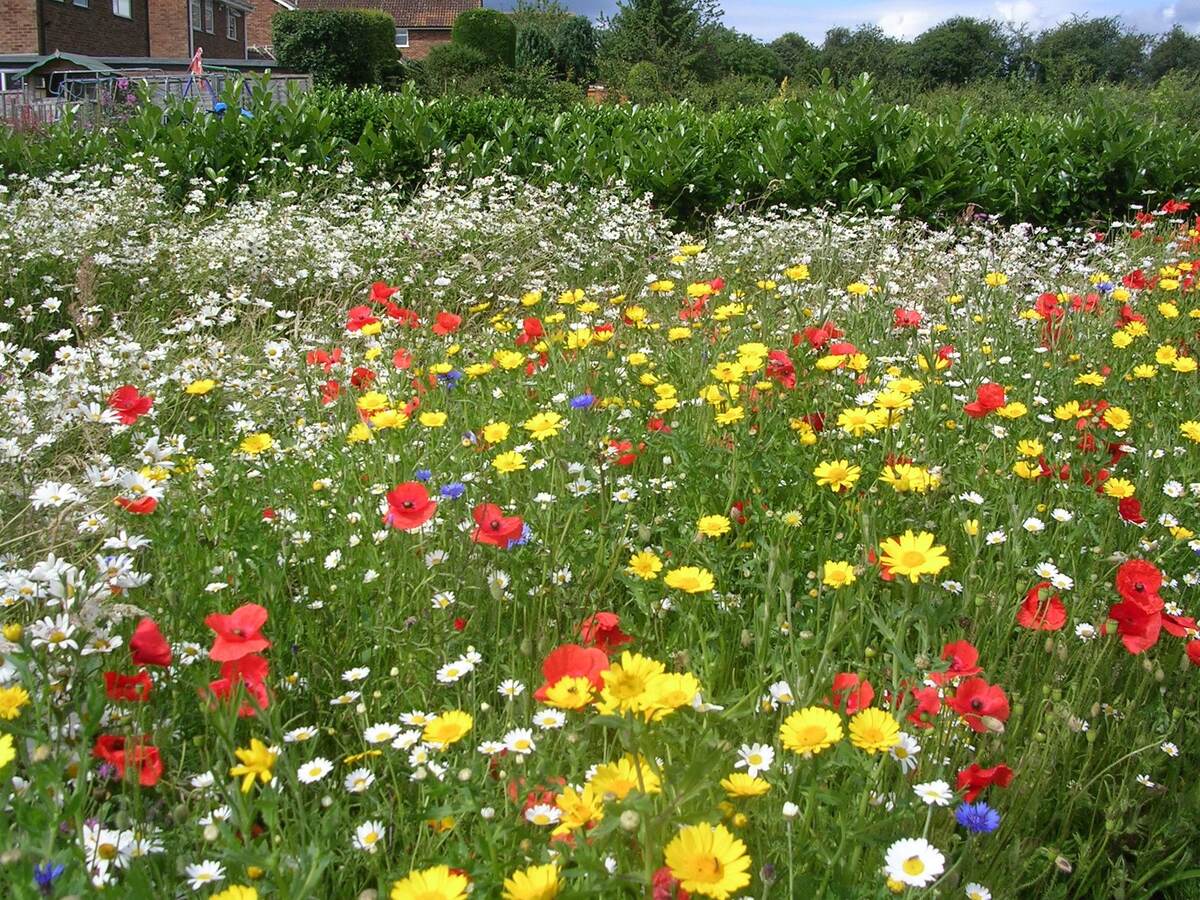
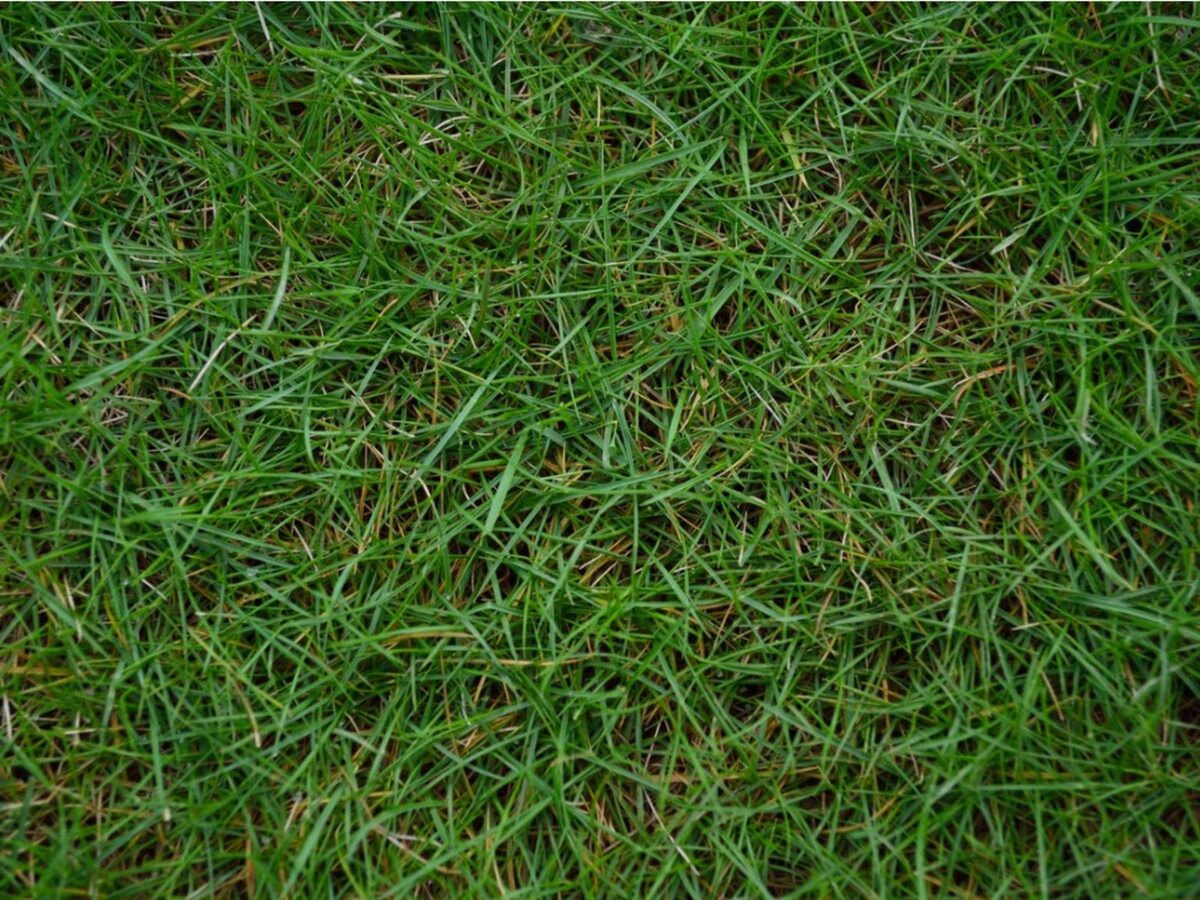
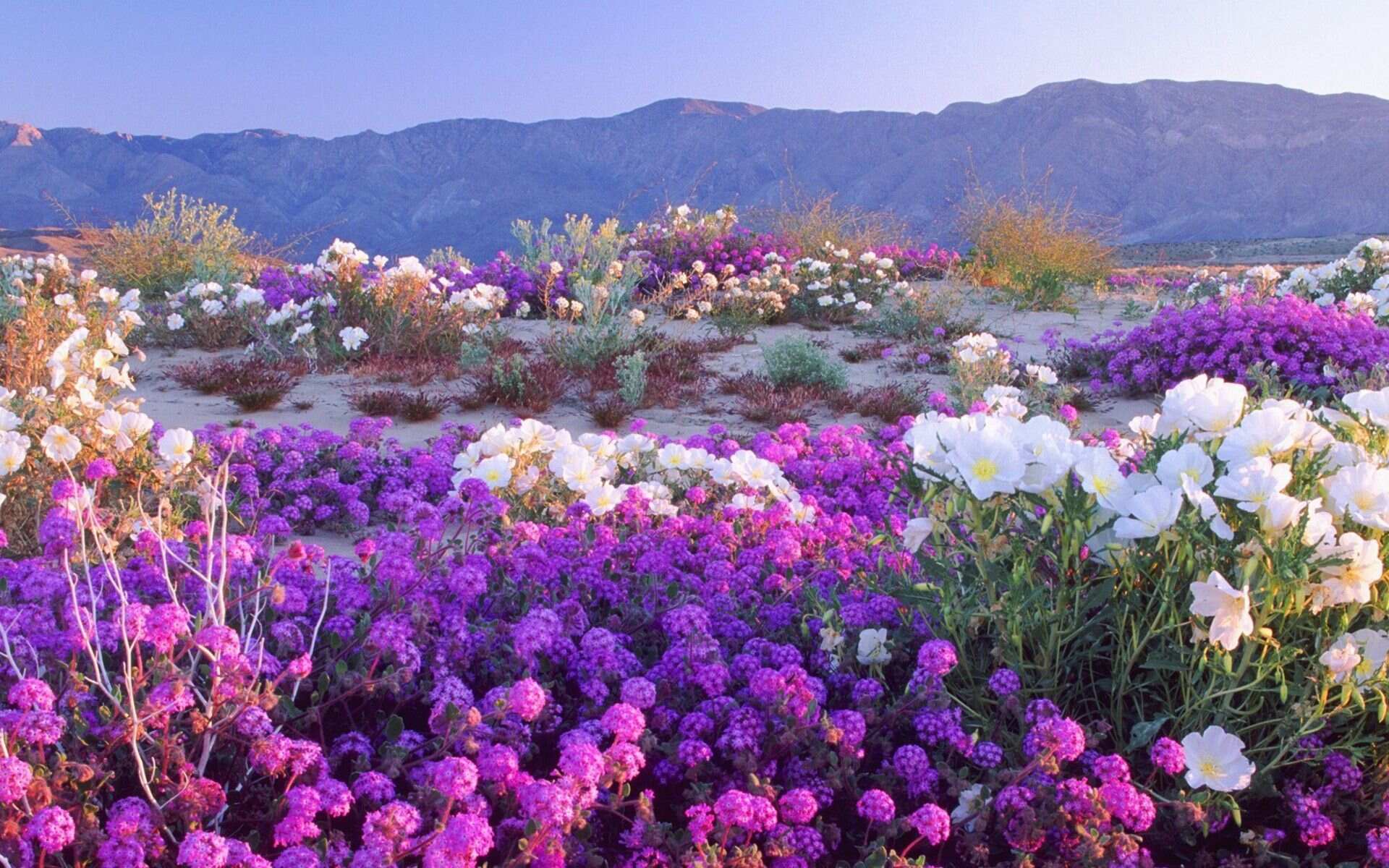
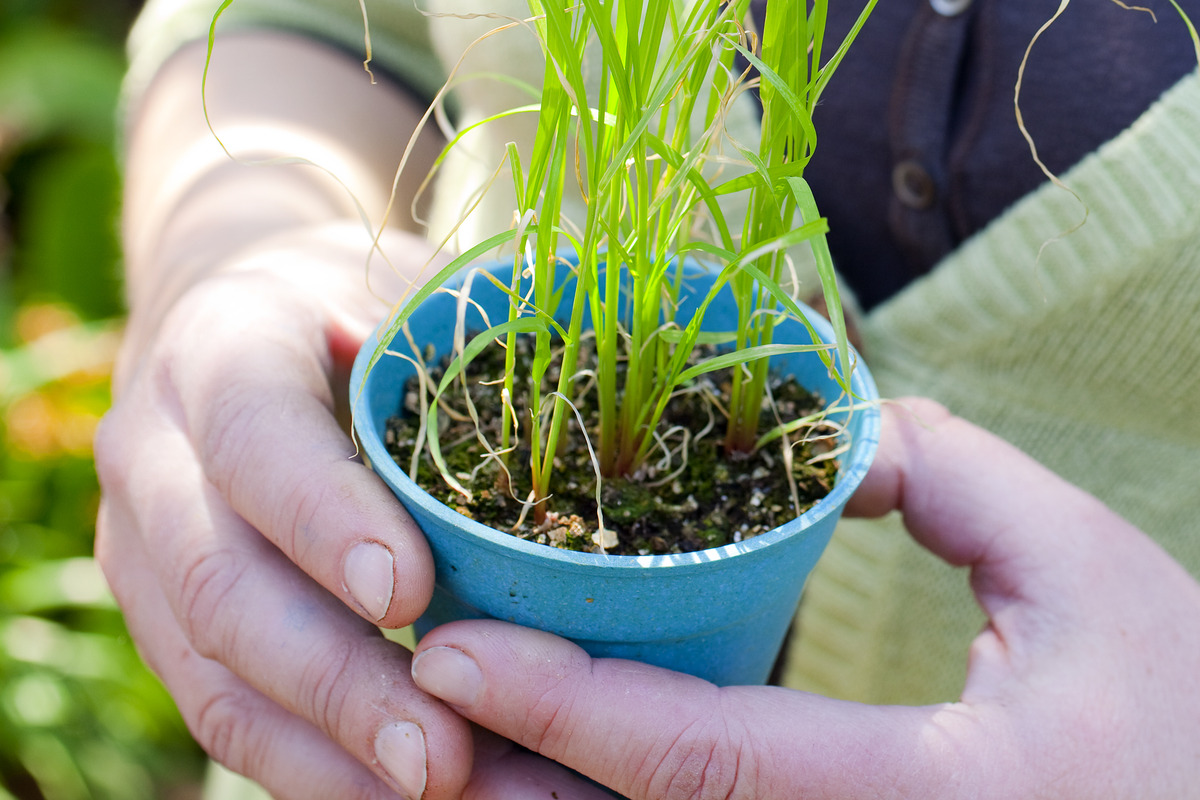
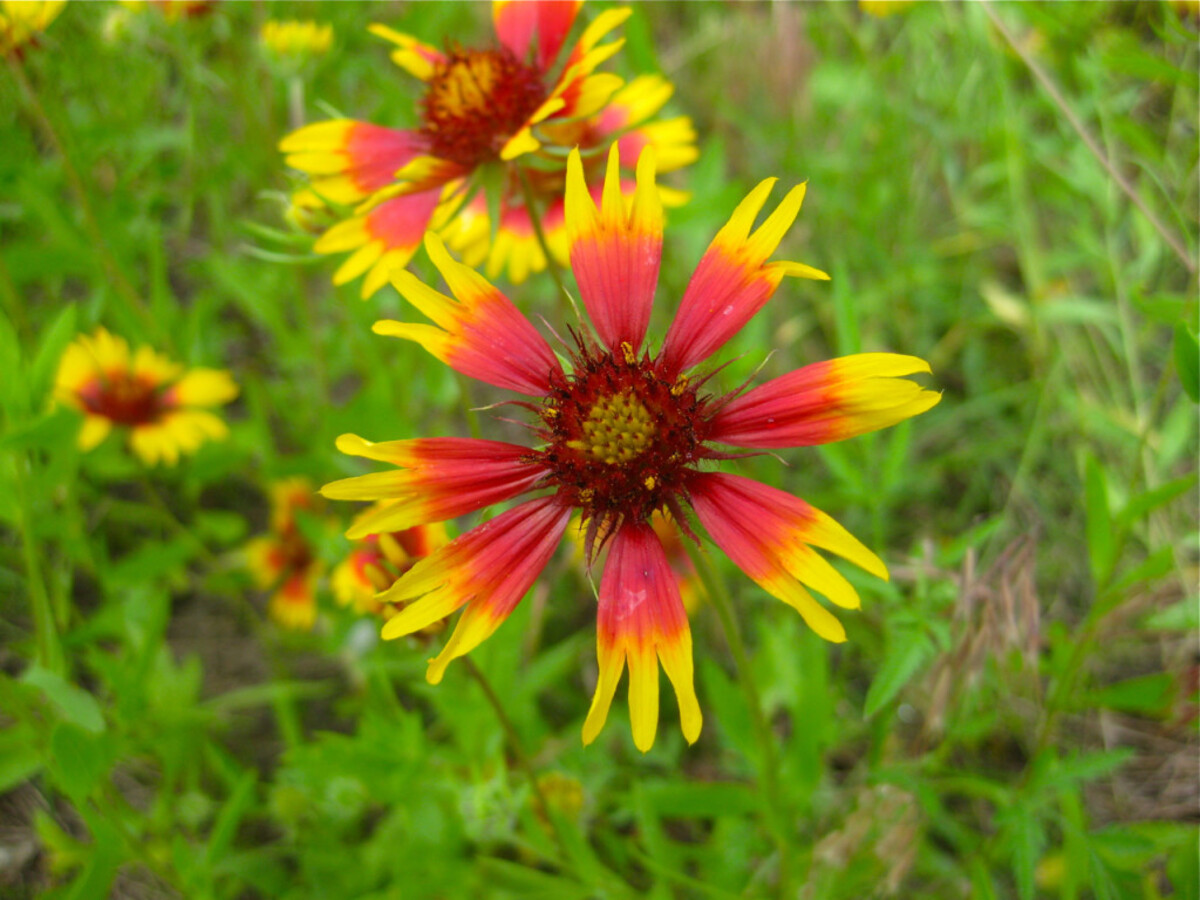
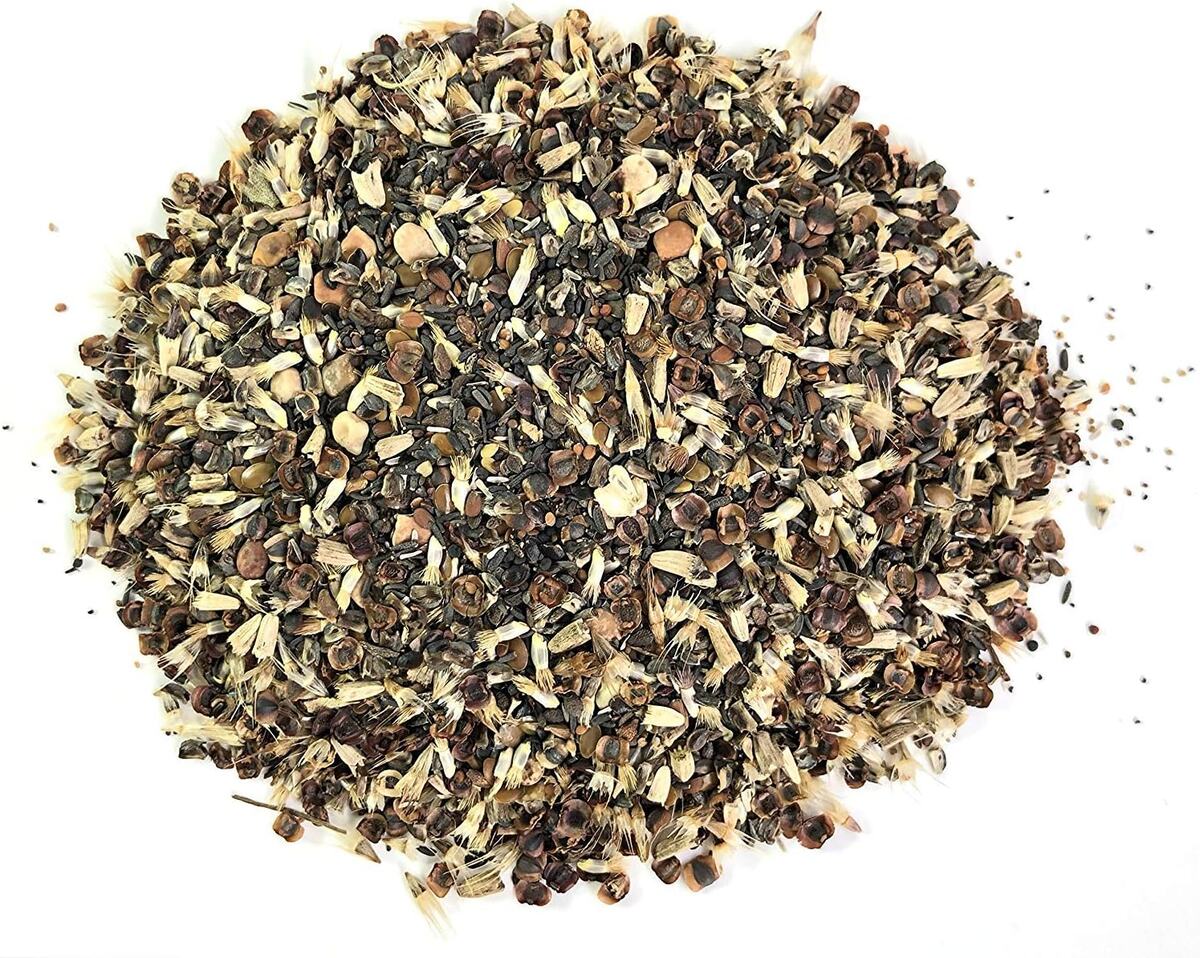
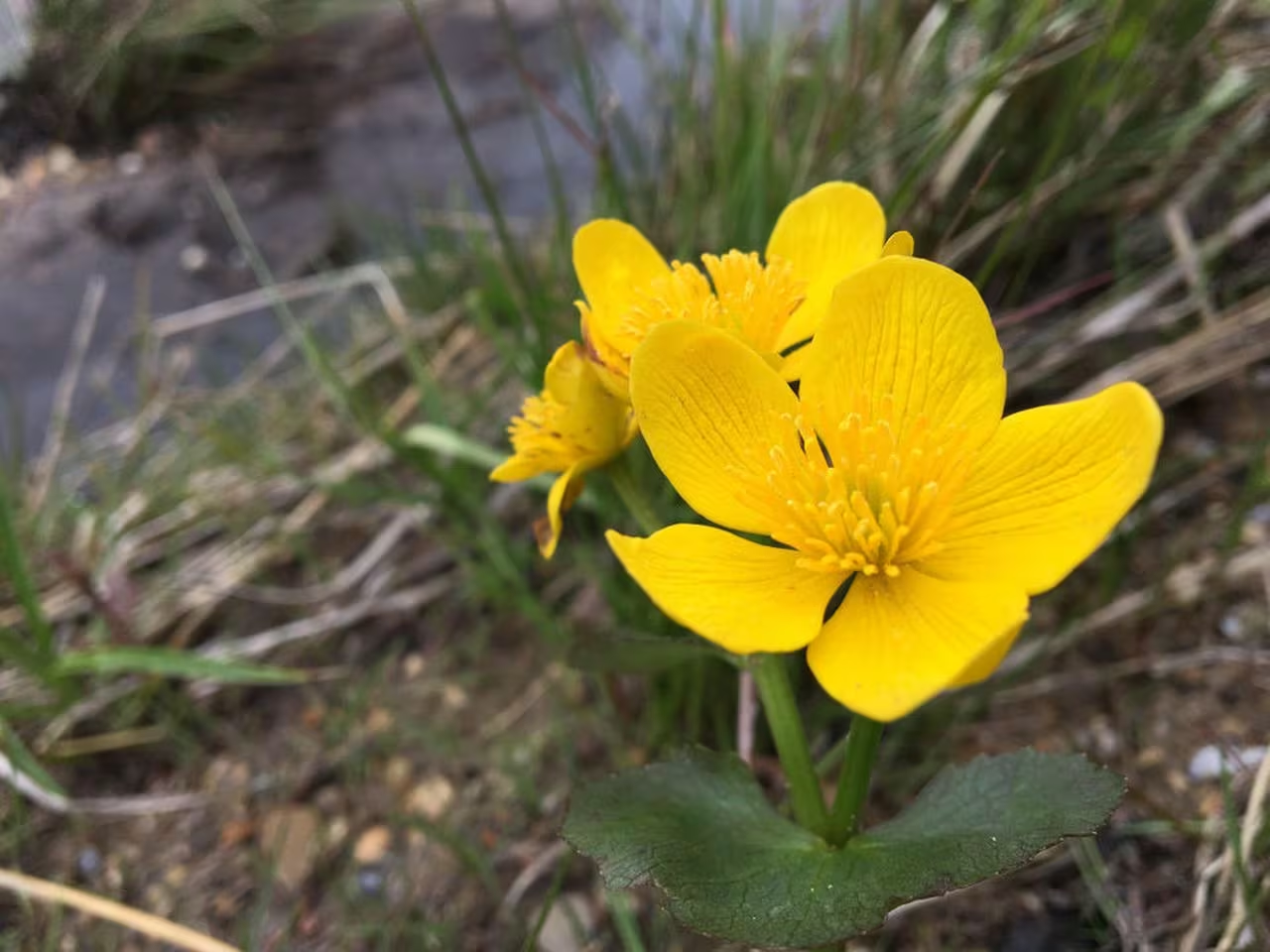
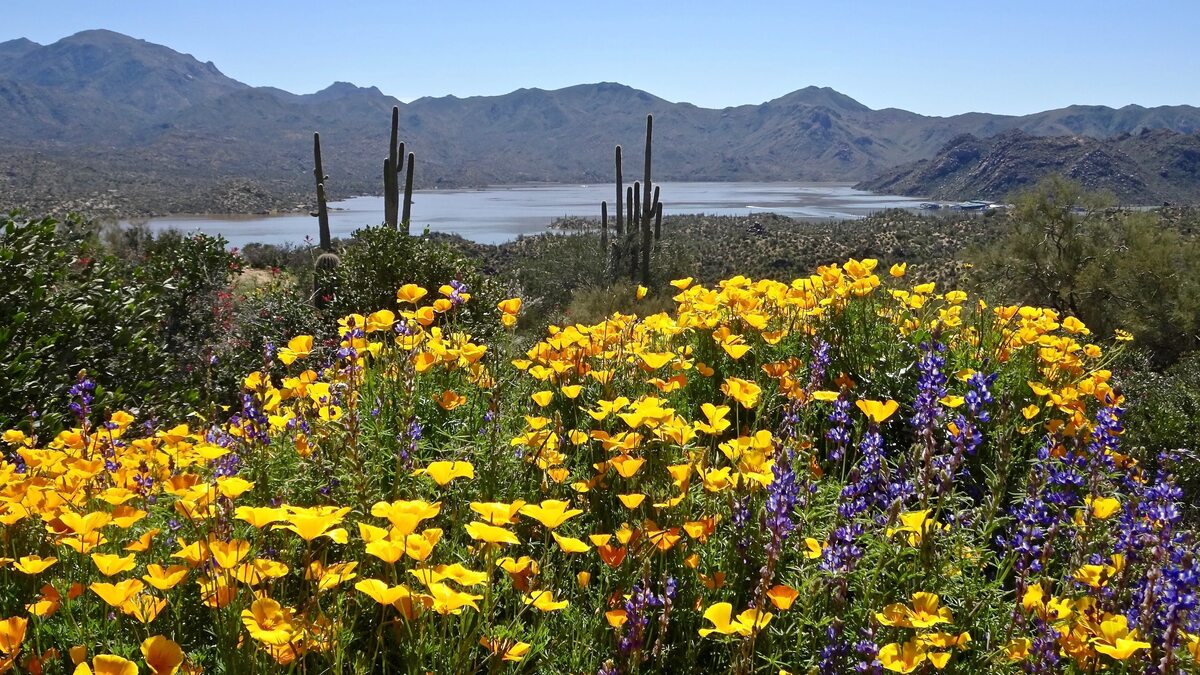
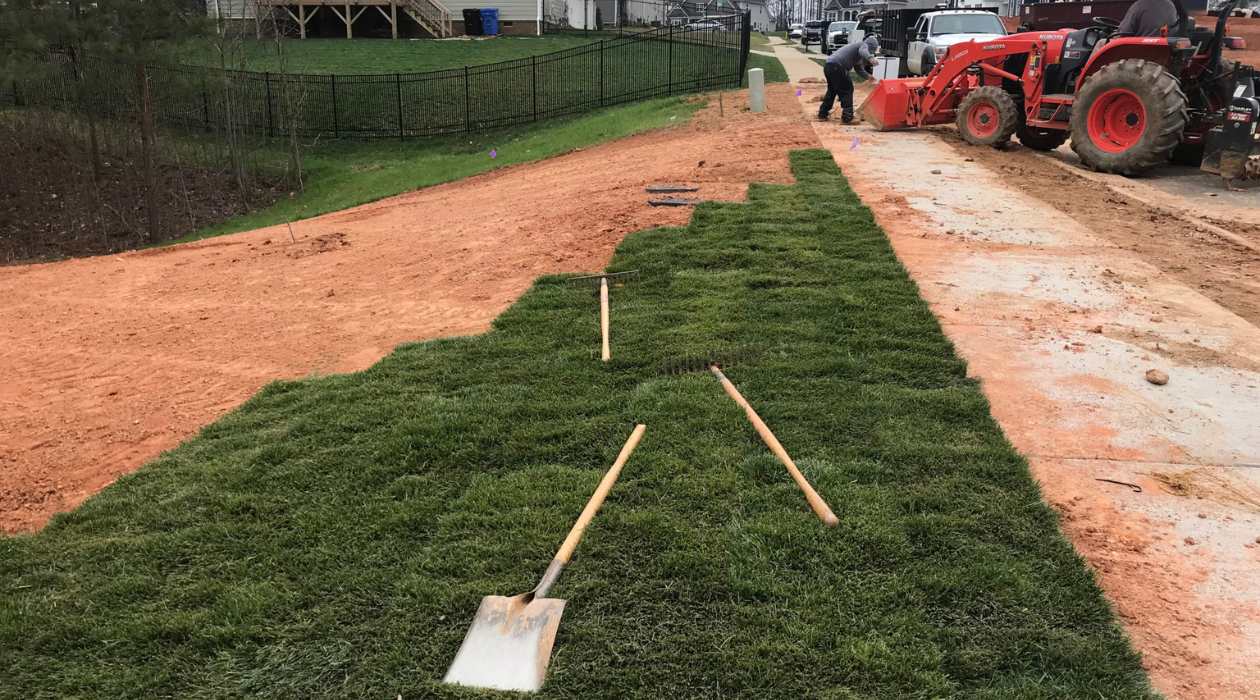
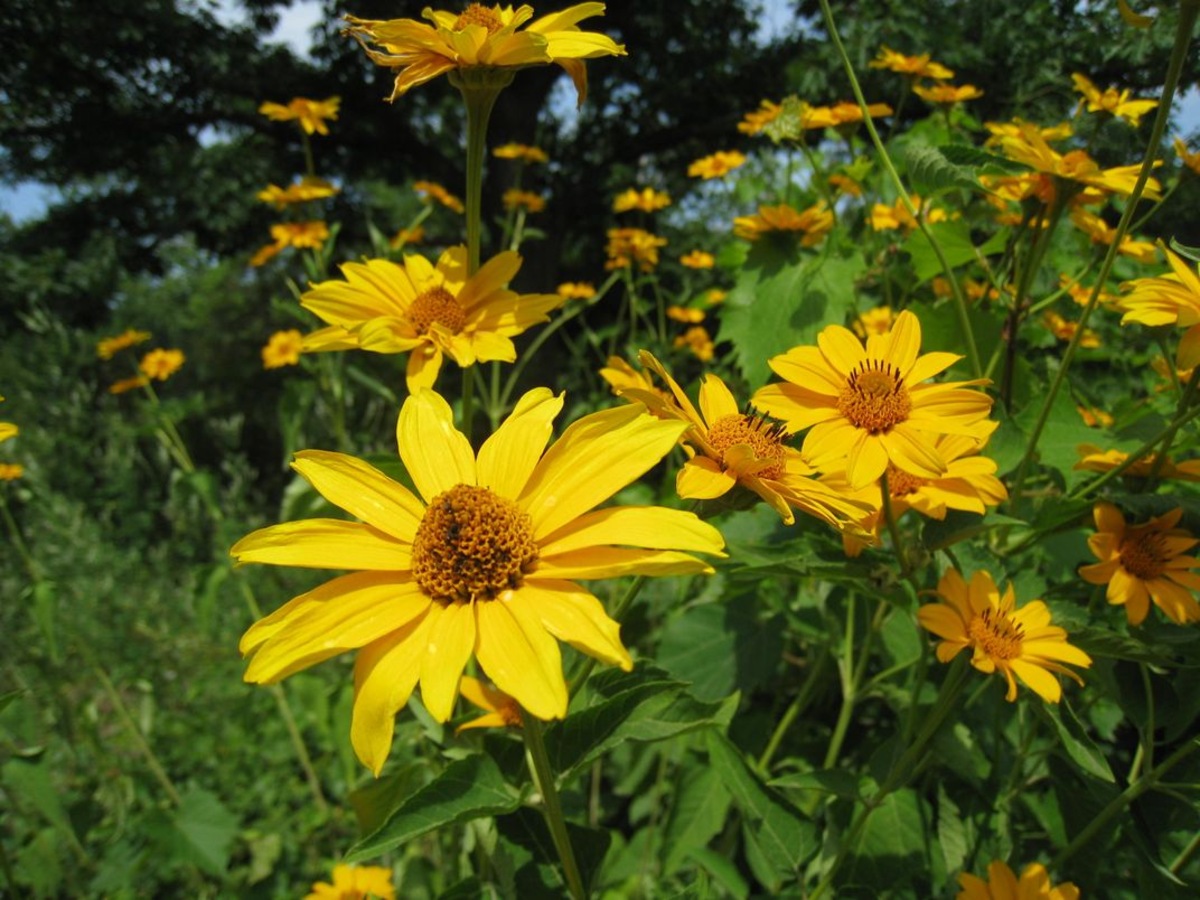

0 thoughts on “When To Plant Wildflower Seeds In Georgia”